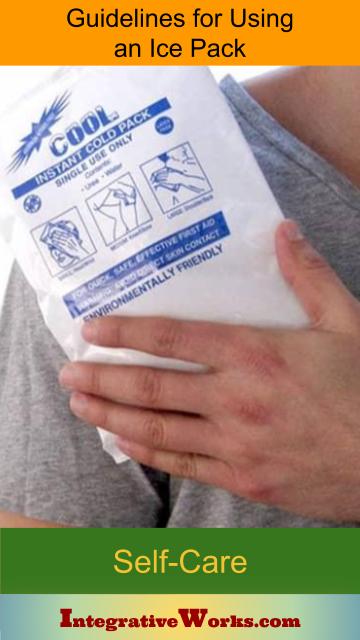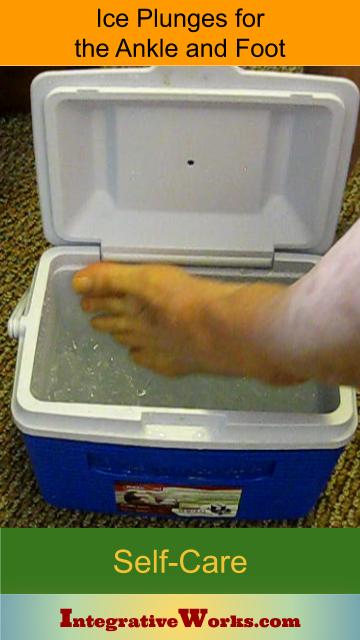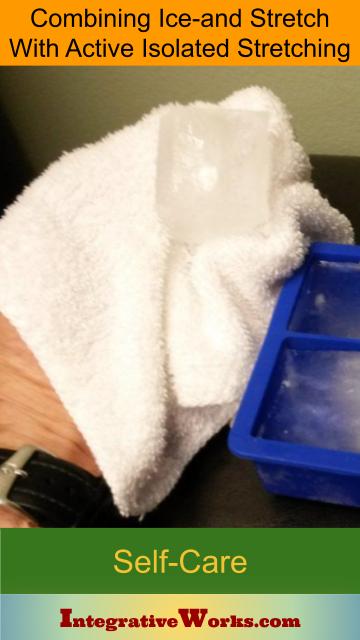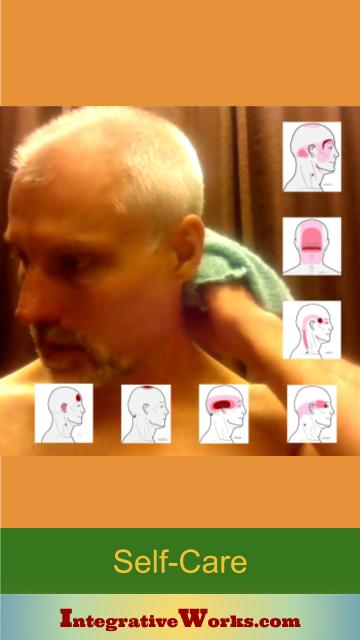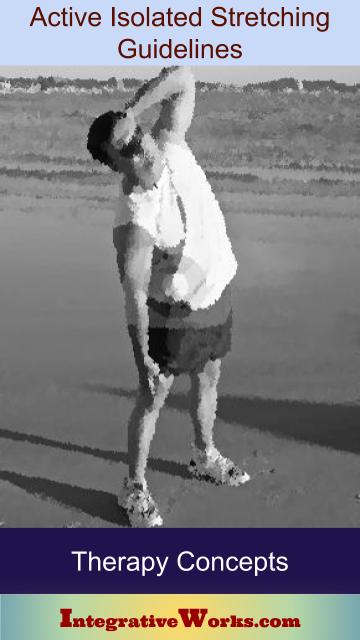Ice packs are a great way to reduce swelling and inflammation, increase circulation and relieve pain. They can be ineffective and even create some problems if used improperly.

How Ice Packs Work
Ice packs create a local “emergency” because of the temperature change in the area. This creates immediate and extended responses:
- The cold compresses tissue, pushing out metabolic waste. This is particularly useful in tissues that don’t usually get great circulation, like ligaments, tendons and other joint capsule components.
- The cold also reduces inflammation.
- The local area of cold causes the body to respond by flushing it with blood so that the tissues are returned to body temperature.
- The sensations of pain, hot and cold travel on the same nerve, so this cold sensation creates a distraction that reduces pain.
- As swelling and inflammation decrease and circulation increases, the factors that recreate pain are reduced.
- In the 20 minutes (or so) after the ice pack is removed, the body’s effort to heat the area increases circulation and continues to flush the area with nutrients and remove waste.
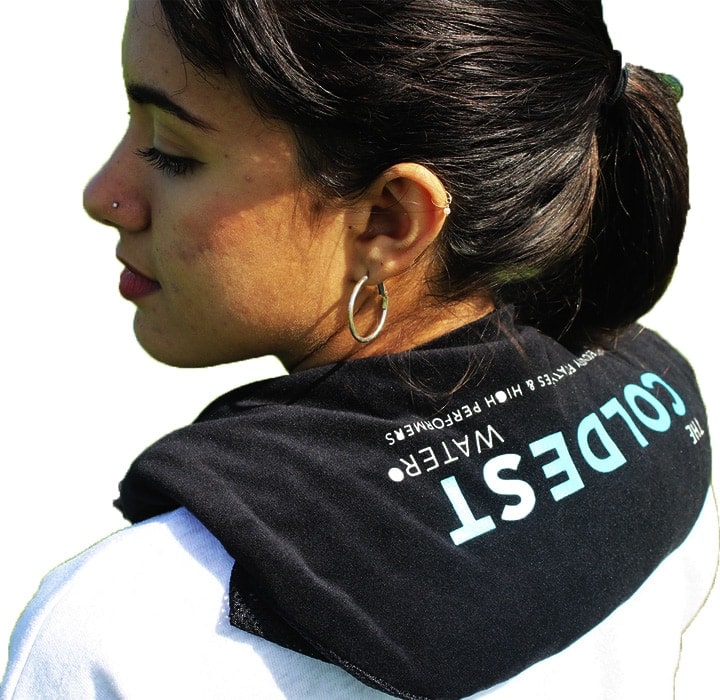
Useful Rules of Thumb
- Don’t let the ice pack rest directly on your skin. You can damage the skin by applying the ice pack directly. People often try this when they associate the shocking cold with relief. When the skin and underlying cells freeze, you can get frostbite. This can result in painful nerve damage or worse. Use a thin cloth or paper towel between the ice pack and the skin.
- Don’t ice for too long. Again, you can damage the skin and create frostbite. 20 minutes with a thin layer between the ice pack and skin is a good rule with typical freezer temperatures.
- Give the area time to rest between applying packs. This is a process of stimulus and response. It is a good rule of thumb to give it about 20 minutes for the body to work before applying another shot of cold.
- Don’t put ice on numb skin. If it’s already that cold or you have lost sensation in that area, you can damage the skin.
- You’ll get better results with an ice pack that forms to the skin. I like having a good quality gel pack in the freezer. Someone has often already taken it so I will make a pack out of ice cubes with a bit of water inside 2 zip-lock bags.
- Avoid using chemical cold packs. They’re handy and I like that they make icing possible when you’re on the road. Studies show that they are more likely to create frostbite, partly because people are more likely to fall asleep on them.
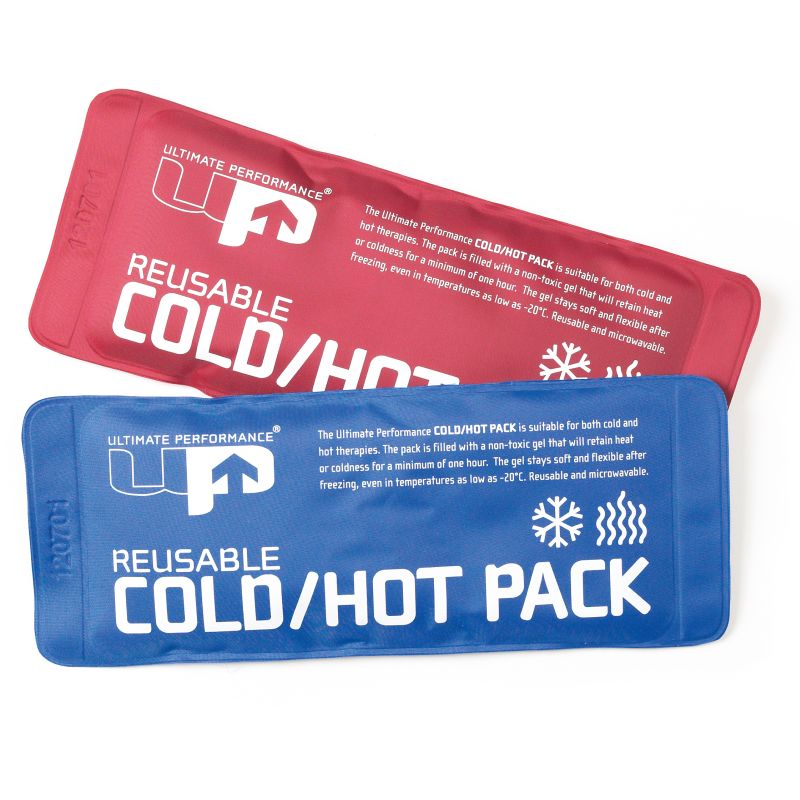
Additional Guidelines
for Contrast Therapy
Contrast therapy involves alternating hot and cold therapies to intensify the therapeutic impact in that area.
- Give your self about 20 minutes between applying the next hot or cold pack. This gives the body time to do it’s thing with flushing and repairing the area. If you apply heat right after the ice, you are losing a good bit of the benefits of icing.
- The rule of thumb is to end with ice. People who end with the heat often end up feeling good for an hour or two and them inflammation sets in from the heating. I’ve had many patients who didn’t realize that they were perpetuating their chronic pain and inflammation because they used heat when they went to bed or used a heated car seat.
When to use
Ice & Stretch or Ice Plunges
Ice plunges, when done properly, are much more effective than ice packs. They tend to be used on extremities like wrists, and ankles. Clients are consistently surprised at the intensity and effectiveness of the approach demonstrated in this post. They’re not a good choice for people with some circulation problems in their extremities.
Ice-and-stretch is a completely different strategy than Ice packs or Ice Plunges. Ice-and-stretch is about disabling the nervous system responses that cause a muscle to guard against lengthening. You can read about it in this post.
Support Integrative Works to
stay independent
and produce great content.
You can subscribe to our community on Patreon. You will get links to free content and access to exclusive content not seen on this site. In addition, we will be posting anatomy illustrations, treatment notes, and sections from our manuals not found on this site. Thank you so much for being so supportive.
Tony Preston has a practice in Atlanta, Georgia, where he sees clients. He has written materials and instructed classes since the mid-90s. This includes anatomy, trigger points, cranial, and neuromuscular.
Question? Comment? Typo?
integrativeworks@gmail.com
Follow us on Instagram

*This site is undergoing significant changes. We are reformatting and expanding the posts to make them easier to read. The result will also be more accessible and include more patterns with better self-care. Meanwhile, there may be formatting, content presentation, and readability inconsistencies. Until we get older posts updated, please excuse our mess.
